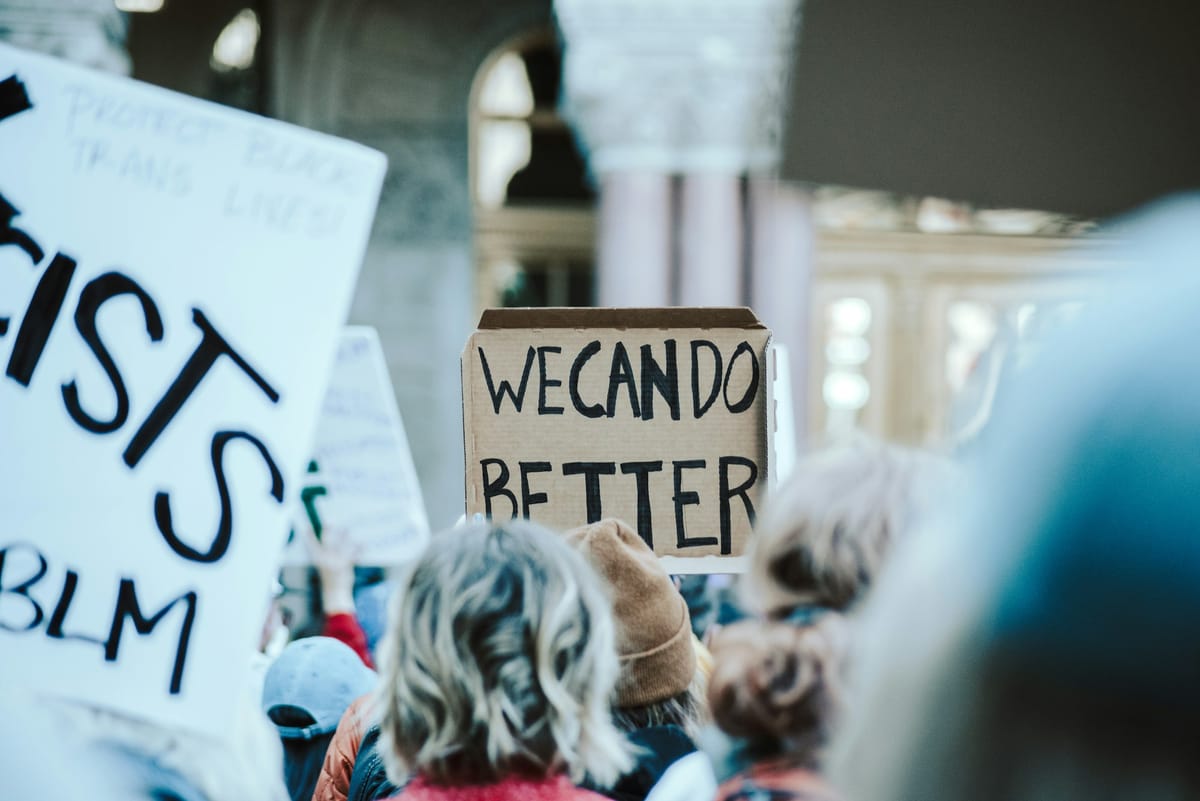Protests and demonstrations permitted under New Zealand law

Protest is one of the broad rights granted to people in Western democratic countries. In New Zealand, demonstrations are a form of collective expression, a type of activism that typically involves a group of people gathering in one location. Because people gather to express a common viewpoint, the issue they advocate for often appears to carry greater significance. Protests can be used to express opinions on public issues (whether positive or negative), especially those related to social injustice and public grievances. The larger the number of participants in a protest, the more successful it is generally considered to be. The topics of these protests typically revolve around political, economic, and social issues.
Additionally, a unique feature of New Zealand protests is the Māori-related demonstrations. Whether it’s related to historical treaties from the Māori wars, land disputes between the Crown and Māori, or any other grievances the Māori people may feel, they can quickly organise a protest. With haka dances and tongue-out gestures, they often take to the streets.
Apart from Māori-related protests, the most common reasons for protests in New Zealand include the following:
- Labor disputes
- Climate change
- Animal welfare
- Environmental pollution
- Women's rights
- Child welfare
- Minority rights
Protests are generally public events, as organisers aim to attract widespread attention to their viewpoints and apply pressure on the government through public opinion.
Common forms of protests in New Zealand include:
- Marches: A group of people walking from point A to point B.
- Sit-ins: Protesters sit at a specific location for a fixed or indefinite period, refusing to leave until their demands are addressed.
- Rallies: A gathering of people in one place, listening to speeches by protest leaders.
- Picketing: Marching around an area under the guidance of crowd control officers.
Protests in New Zealand in recent decades have been peaceful and non-violent. The main actions include chanting slogans, holding signs, distributing leaflets, and engaging in dialogue with the government. There is no culture of violent riots or looting like the "Black Lives Matter" protests. Larger marches often have police officers involved to guide protest routes (which are pre-arranged) and maintain order, avoiding irrational conflicts between protesters and counter-protesters.
New Zealand law stipulates that space-occupying protests (such as sit-ins or rallies) on public roads, sidewalks, parks, etc., are allowed. However, if private property is involved, the organizer must obtain permission from the landowner, or else the court may rule it as trespassing. During sit-ins, protesters should not infringe on others' legal rights. For example, in road-blocking protests, non-participants must be allowed to pass freely through the protest area without being denied their right to the road and their freedom of movement.
Blocking roads during a protest is an effective way to attract attention, but if the police ask the protest to stop and the organizers continue to block roads, this can be classified as a criminal act, punishable by a fine of up to 1,000 NZD. Additionally, if a "non-protester" needs to cross the protest route (sometimes protest marches can be long), protesters are not allowed to interfere with their right to move freely.
There is also a relatively rare form of protest in New Zealand:
- Nudity protests: No further explanation needed?
Other possible restrictions on protest rights may include:
- Advance notice to authorities: If the protest disrupts public spaces (e.g., through marches that affect traffic), local councils may require advance notice. The notice period required must be reasonable.
- Number of participants: There is no legal limit on the number of participants, but different scales of protests may require attention to health and safety concerns. For small marches, for example, participants may be required to stay on the sidewalk.
- Duration: There is no specific legal limit on how long a protest can last, but health and safety laws may come into play. In the case of the Auckland Occupy movement and Aotea Square, for example, a judge ruled that the protest was not protected by the right to peaceful assembly because it interfered with public use of the space, and the protesters intended to stay indefinitely.



